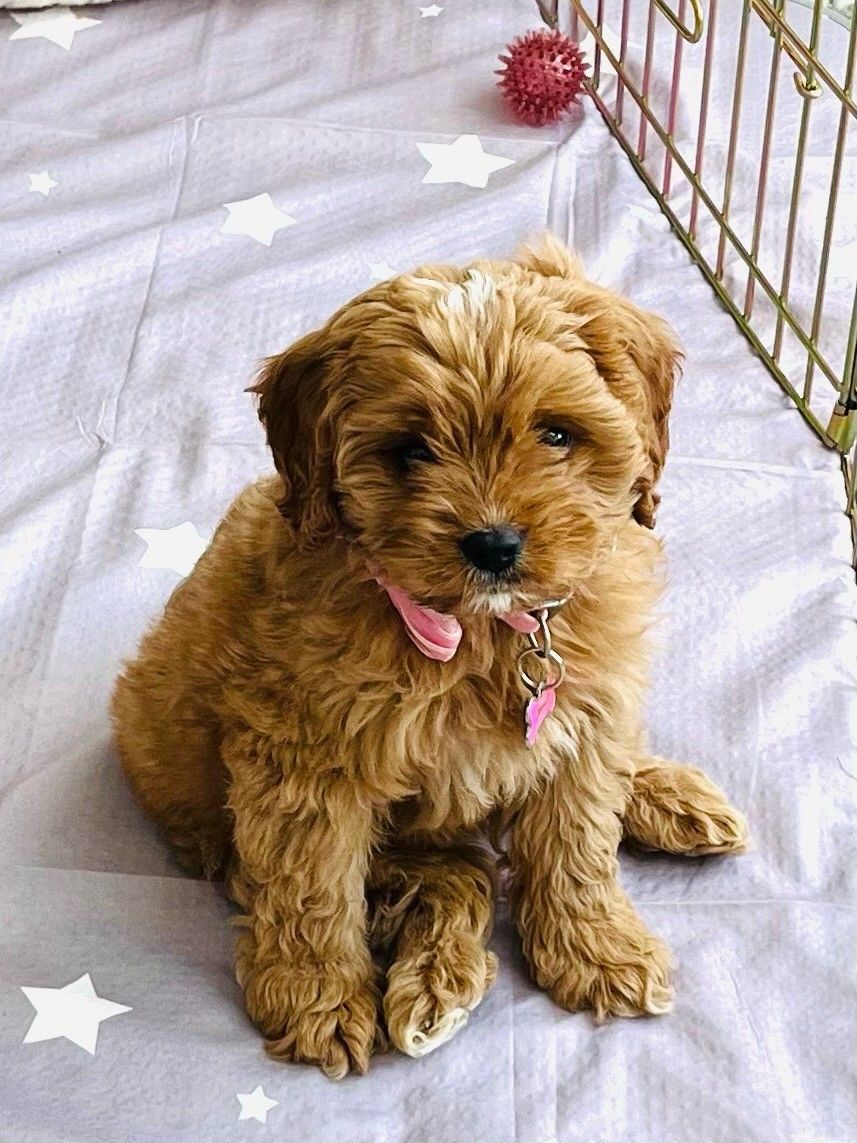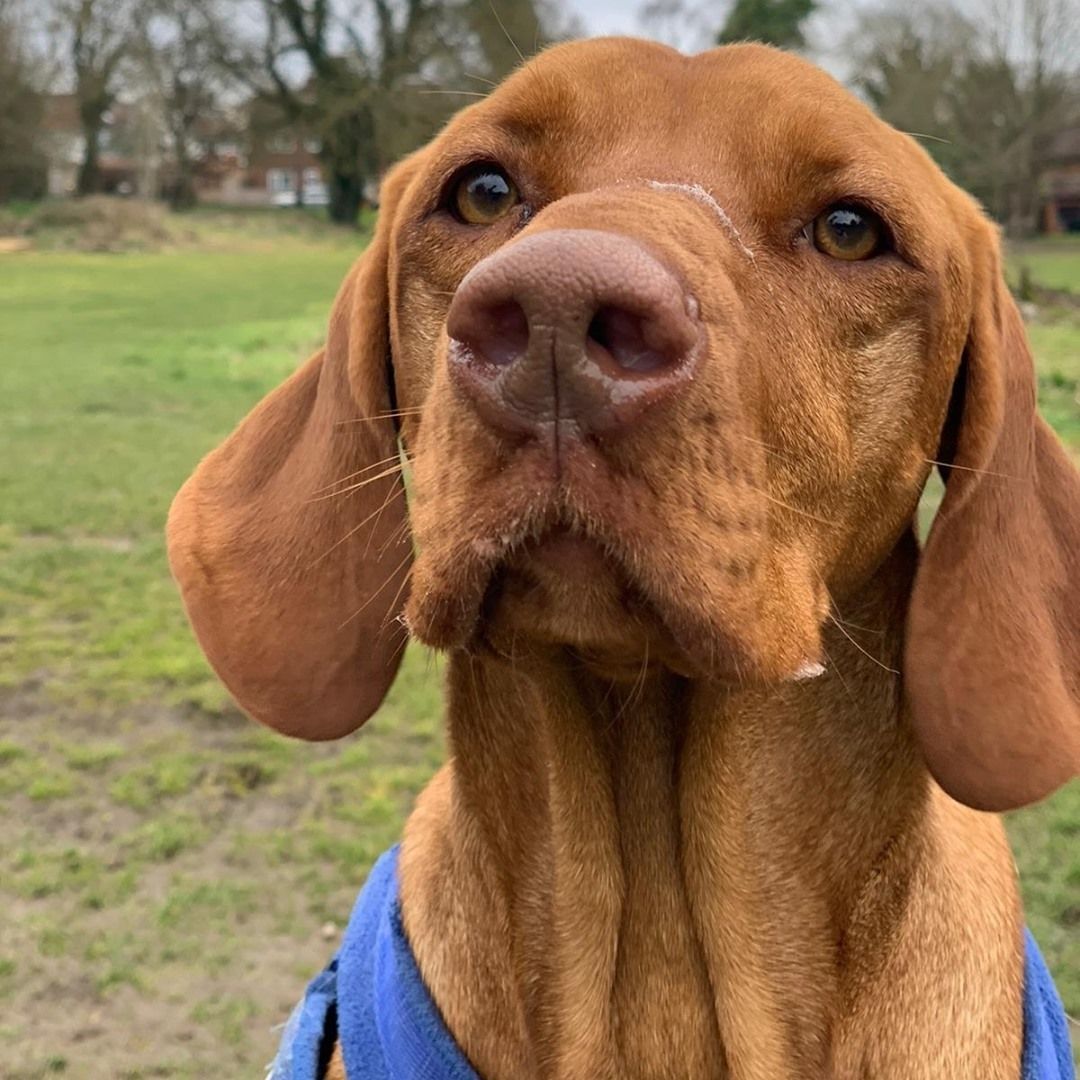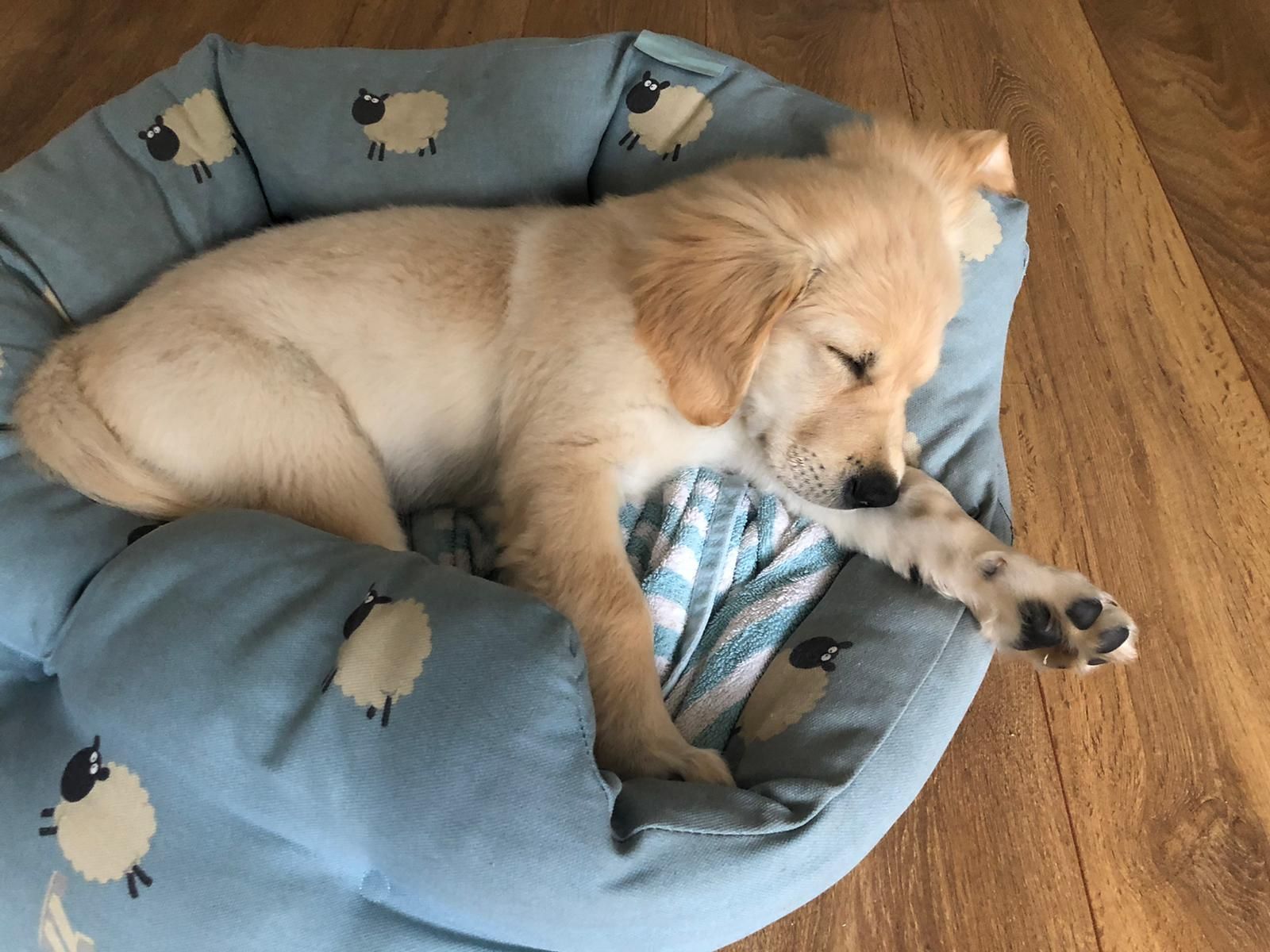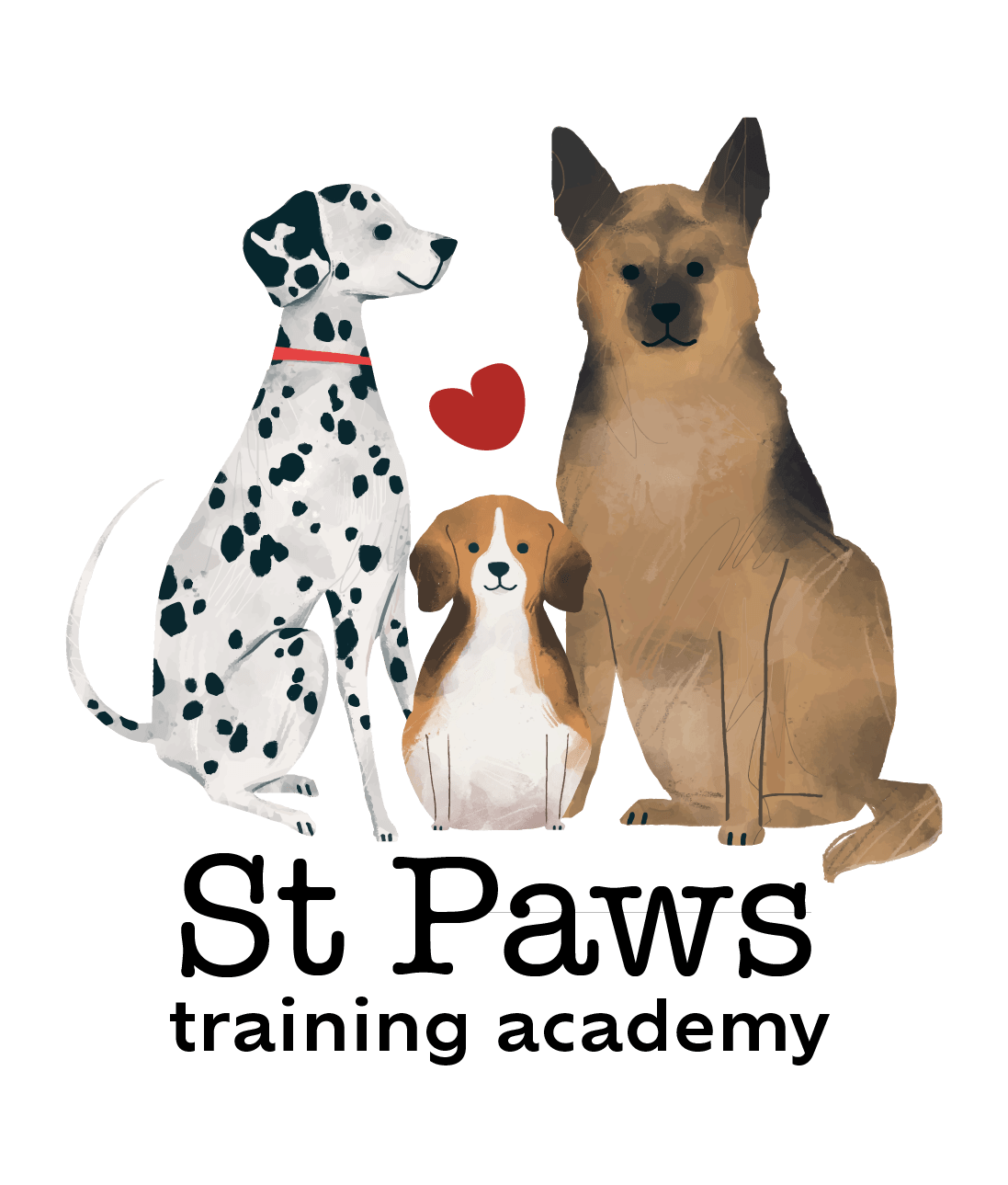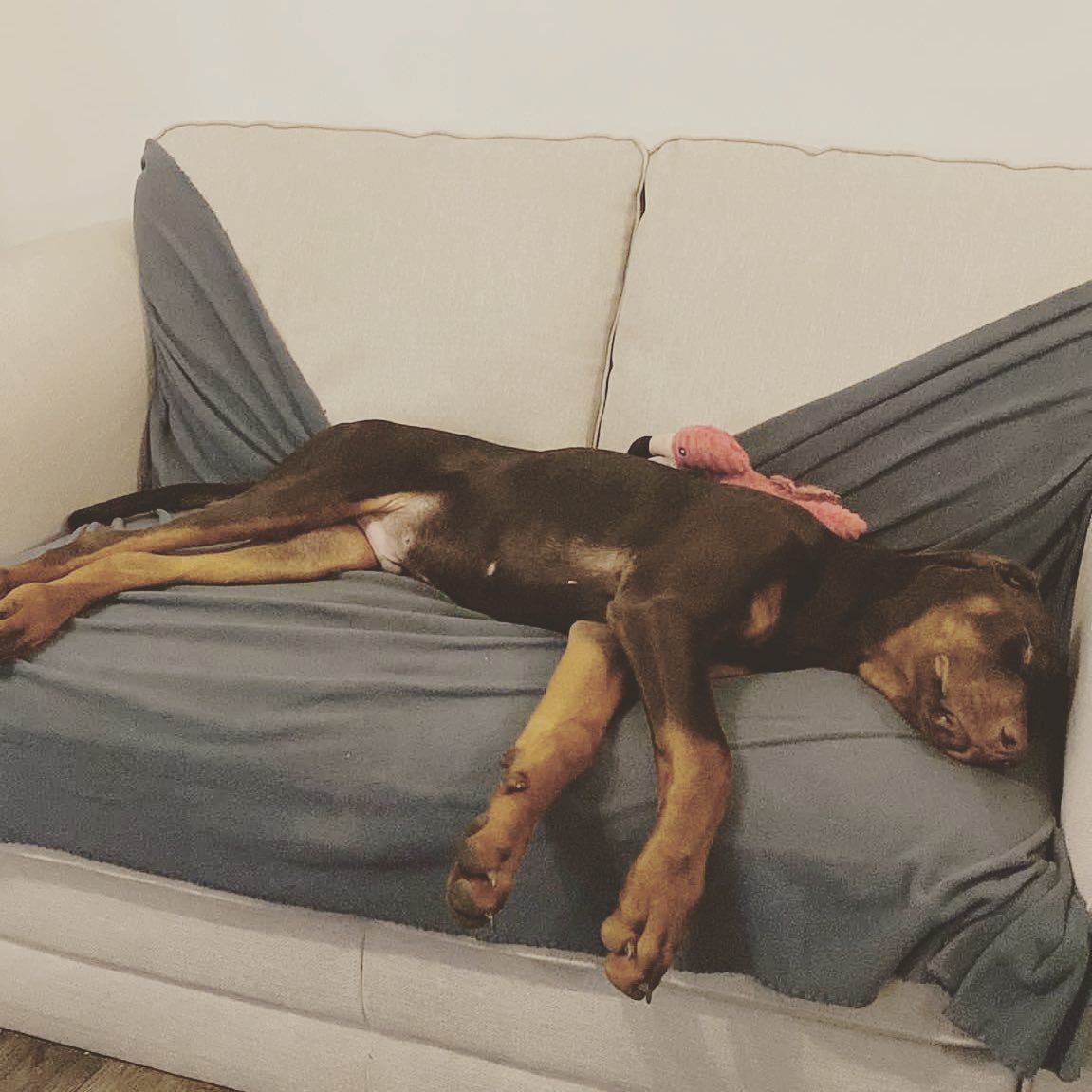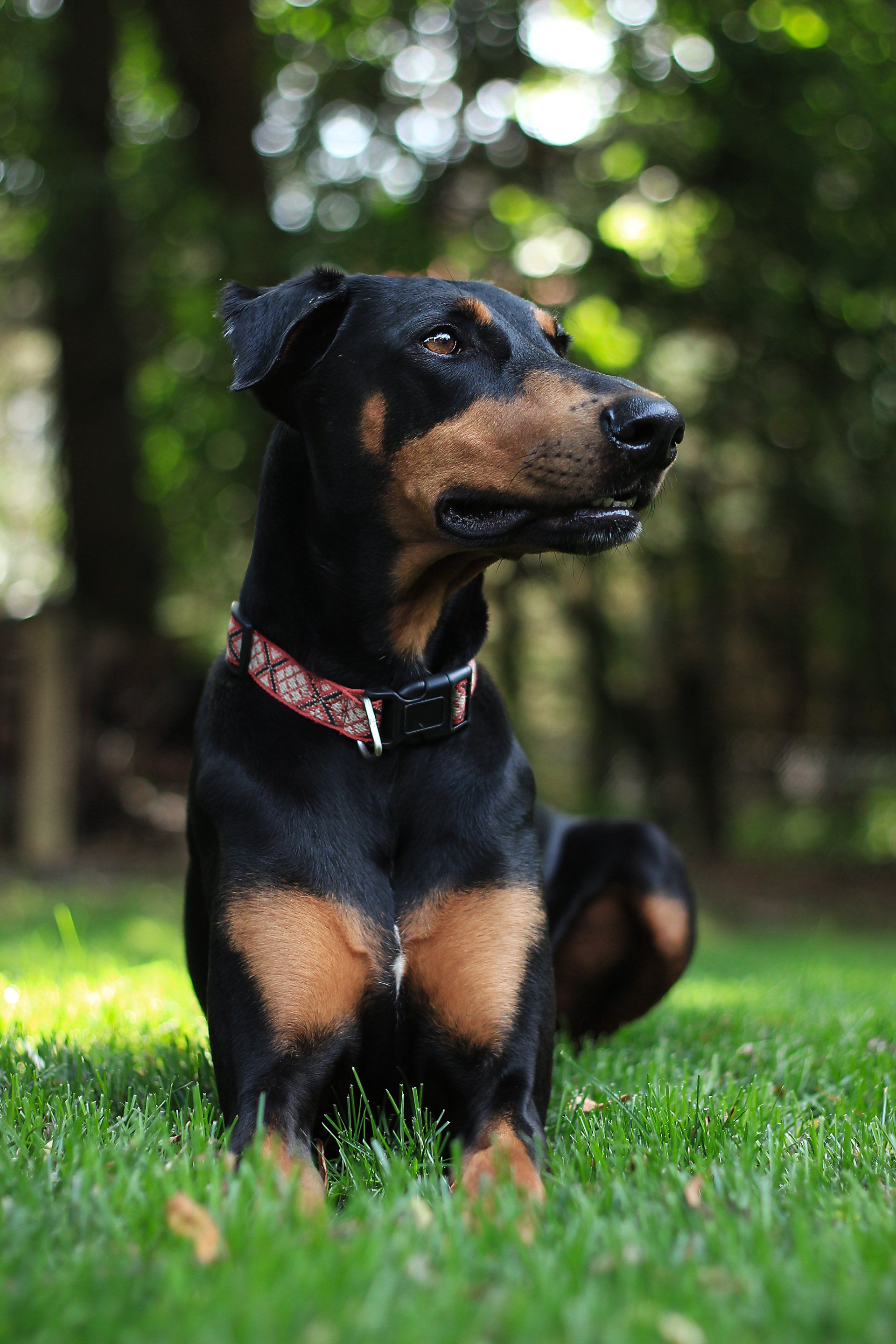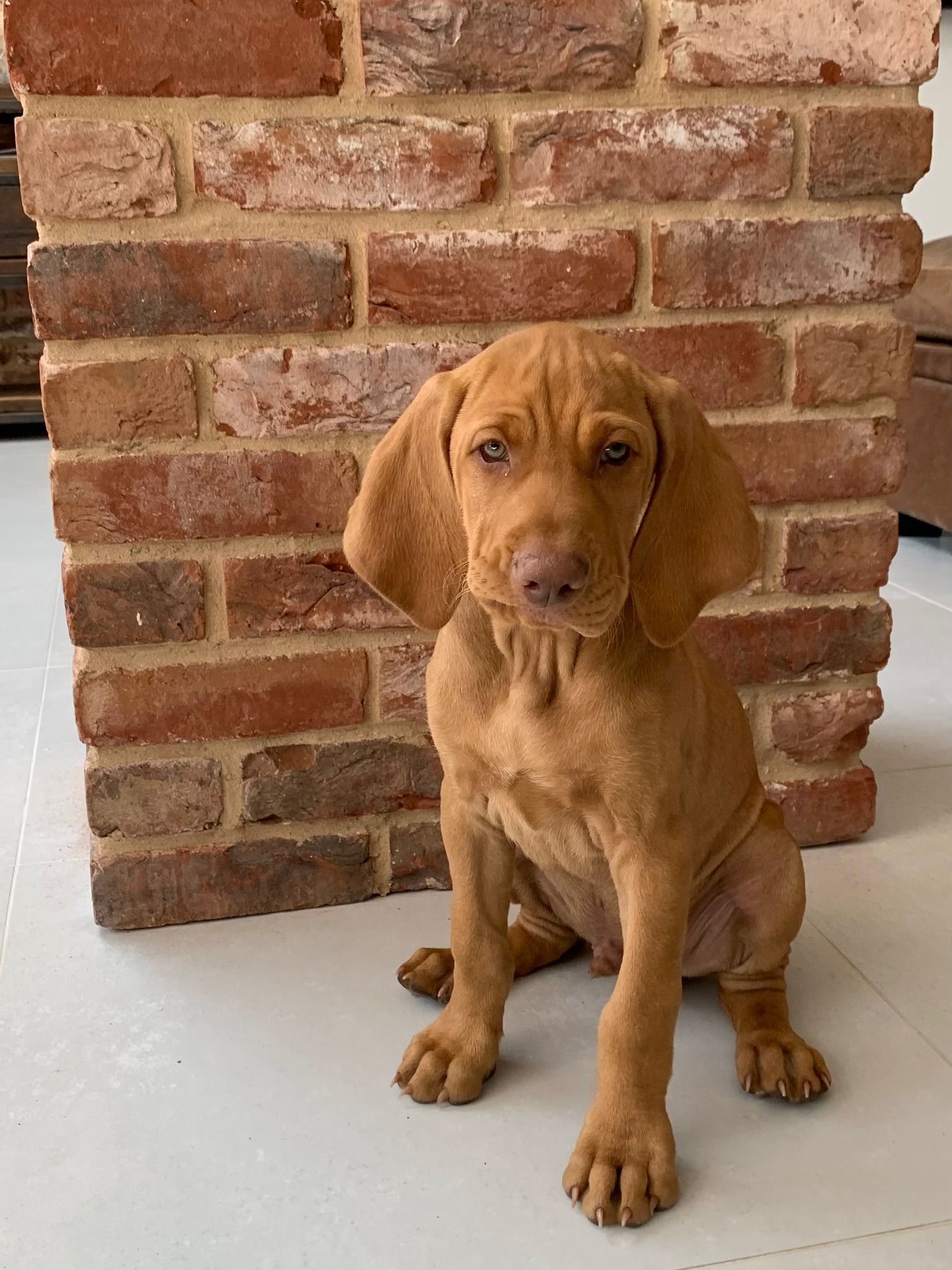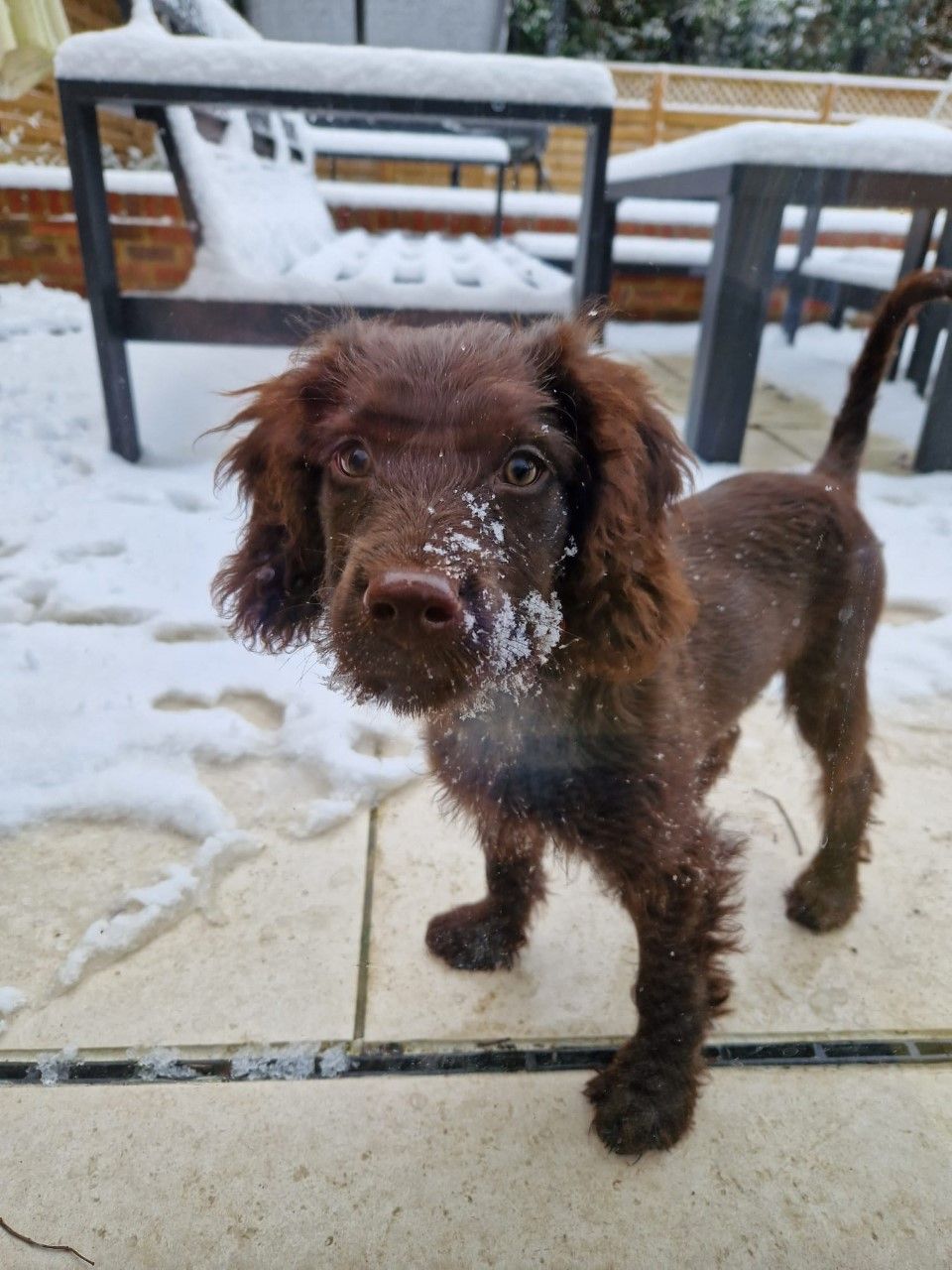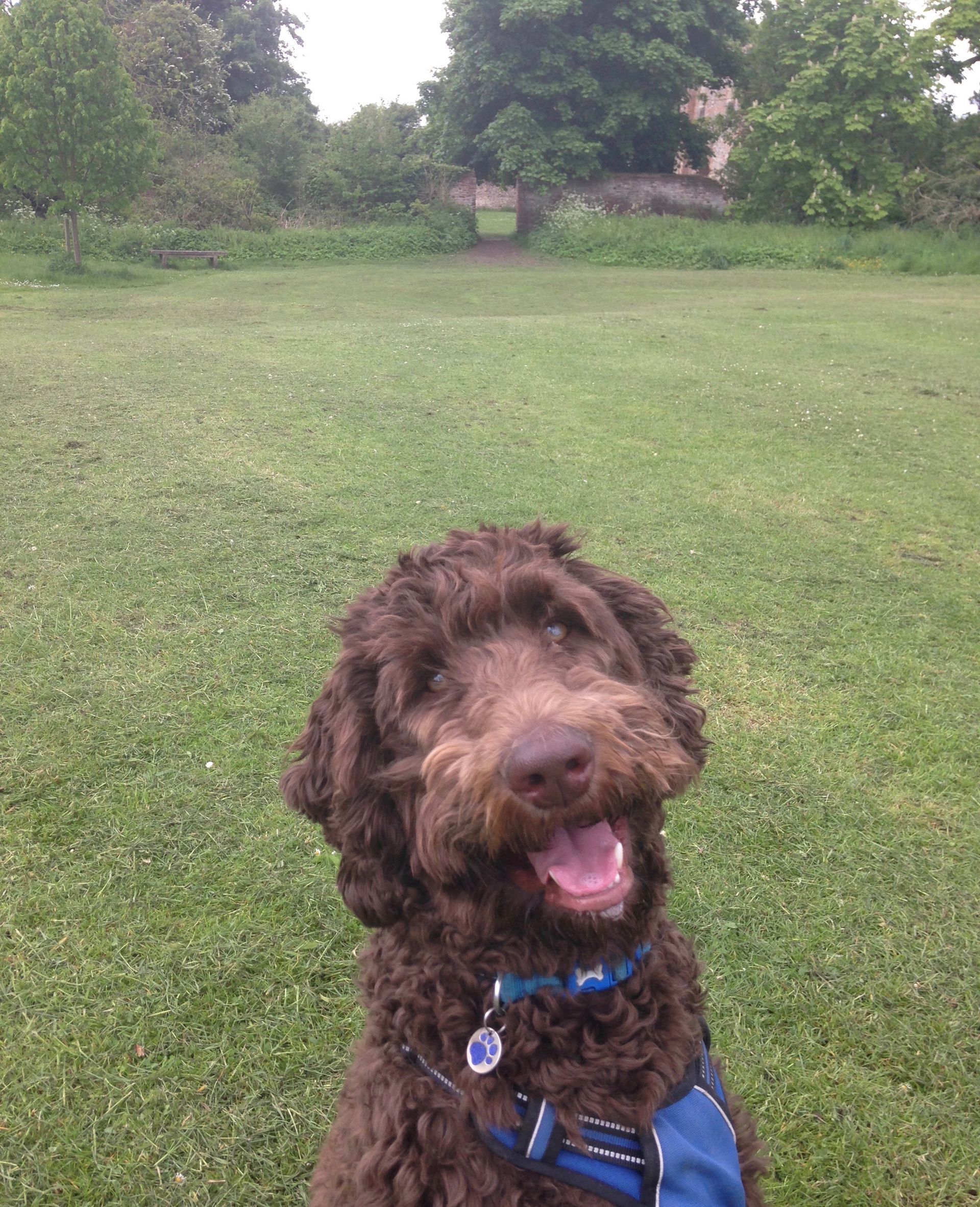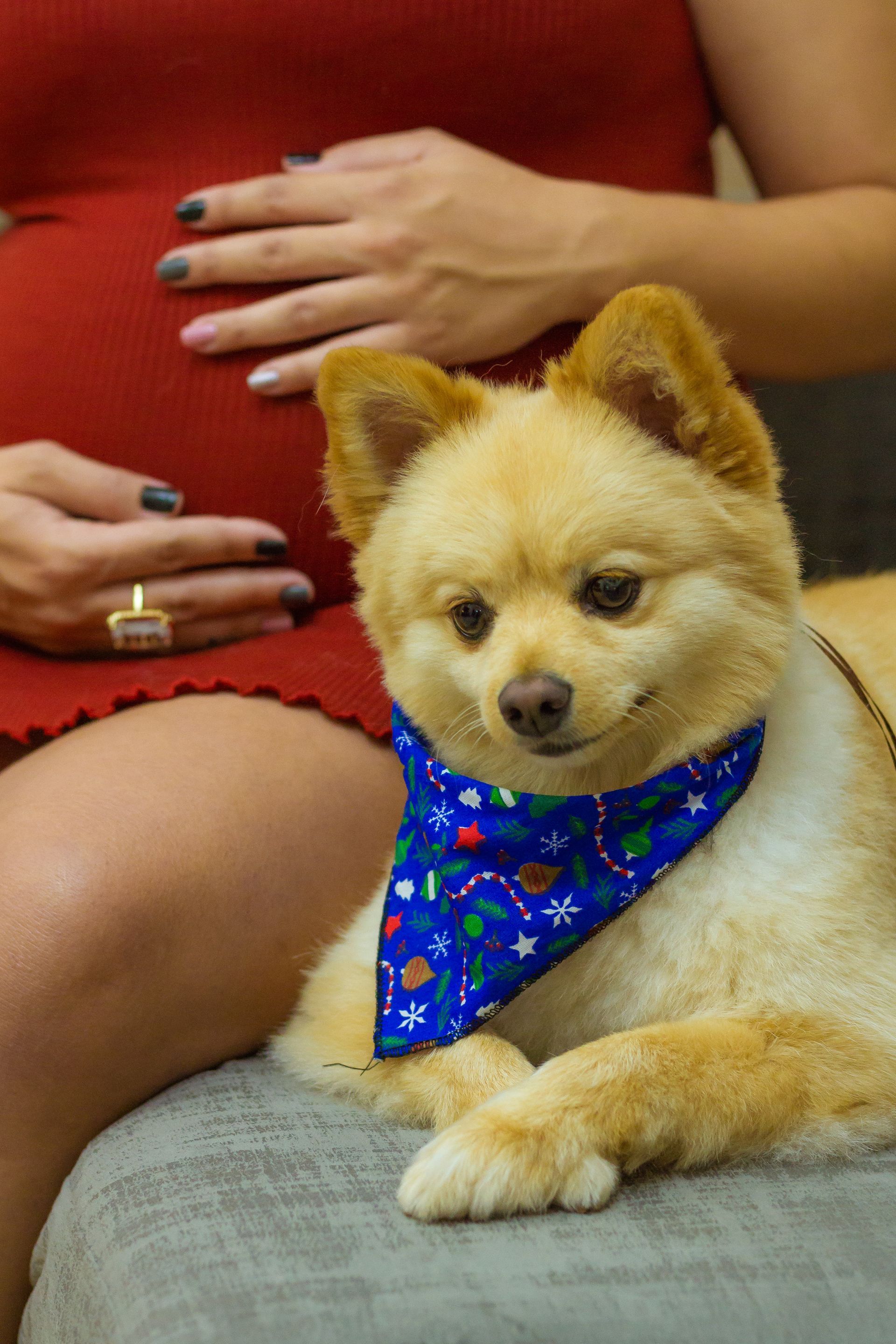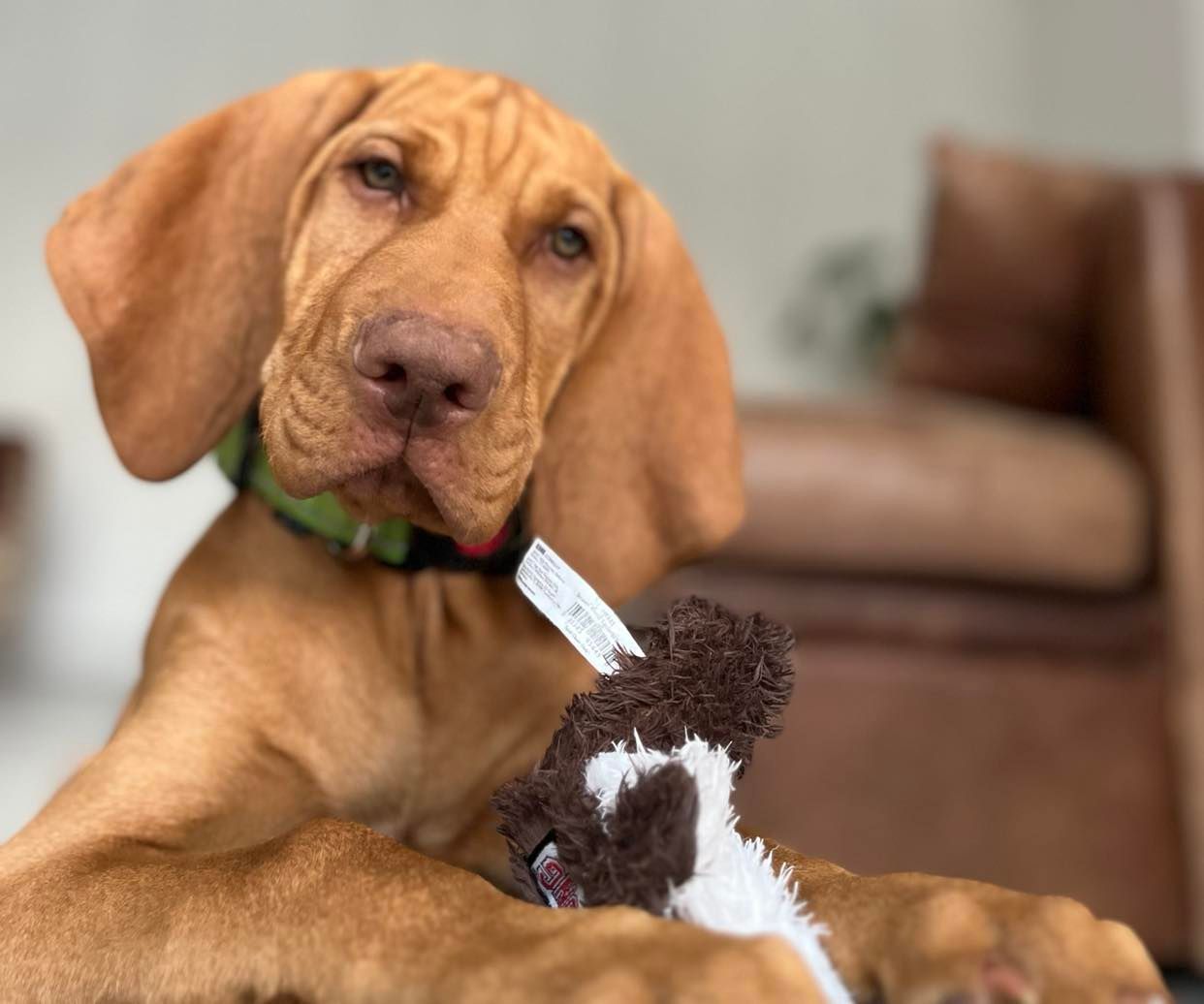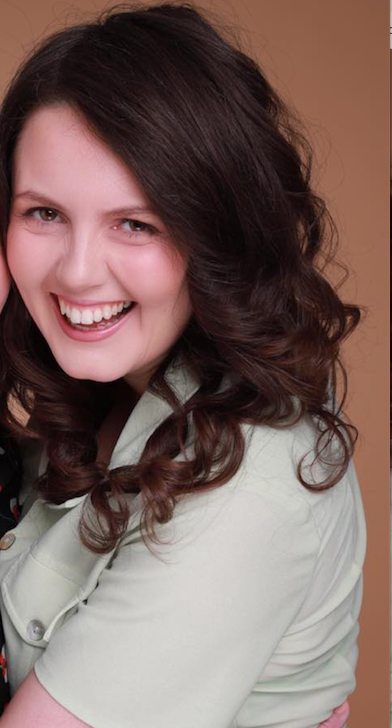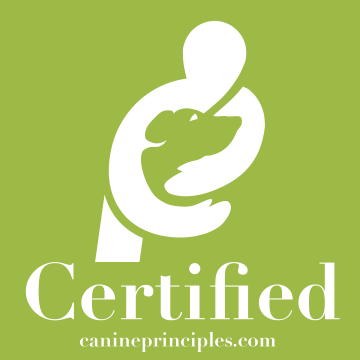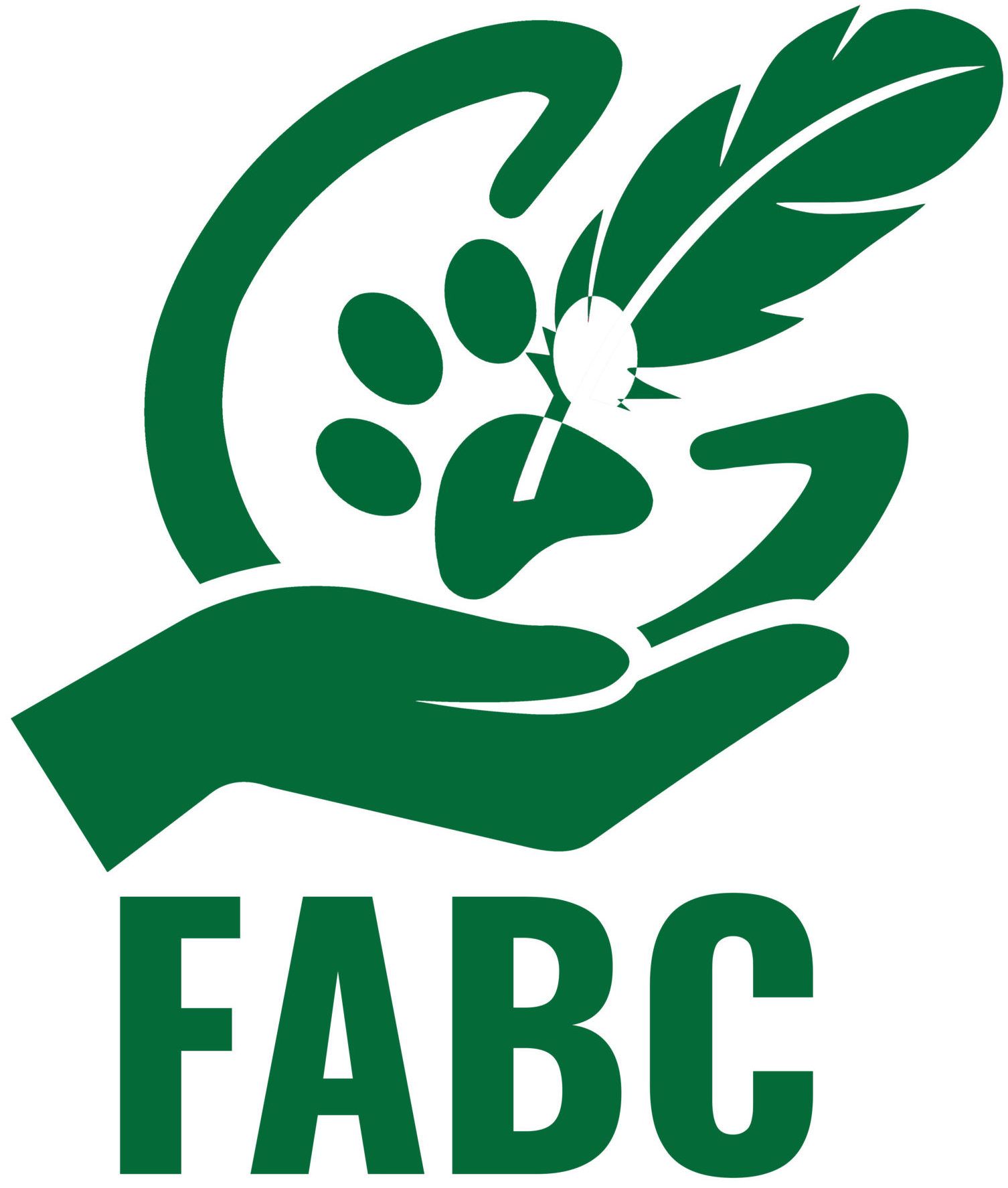Equipment to avoid in reactivity cases and why
Here is information about the types of equipment that should be avoided in the case of reactive behaviour or lead pulling and why. It can be confusing when there are lots of options on the market, or if people have recommended certain types. If you have a dog who is lunging and barking on the lead you may feel at a loss of what to do. In this blog I will provide information about certain types of equipment that can exacerbate problems or create new ones.
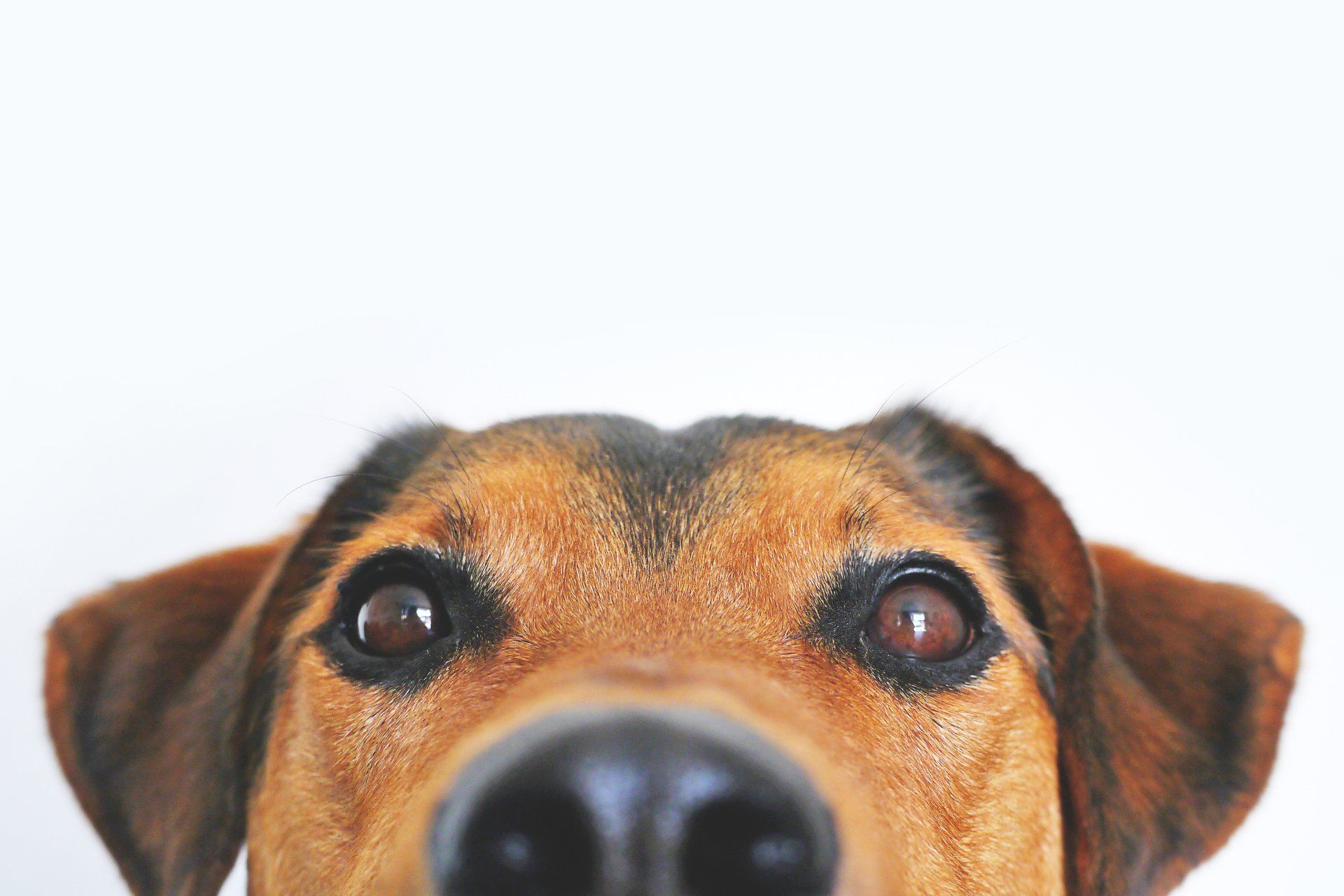
Slip leads
People can recommend that you yank on the lead when a dog is barking and lunging at another dog. It is the idea that you add pain to prevent them from exhibiting the behaviour. This creates tension around the neck and a choking sensation as it is like a noose.
The problem with adding pain is it is likely to make a stressed dog even more stressed. Tension around the neck will be caused therefore adding to the tension.
Prong collars
These devices have blunt metal prongs on them again they cause pain around the neck area if a dog pulls or barks. They can injure eyes when going on and cause inflammation on neck muscles.
Choke chains
Again they create a choking sensation around the neck if the dog pulls.
Some people recommend this equipment and when you have a dog who is pulling, lunging and barking on the lead you may feel at a real loss at what to do, as it is upsetting and stressful. The problem is, is this equipment can cause new challenges that weren’t already there (if say for example a dog starts to associate pain around the neck with a person that they see when originally they were just concerned around people). Added stress for a dog who is already at capacity can lead them to over react to stimuli that they wouldn’t do normally. The devices may suppress the behaviour in some dogs but suppressing it can lead to it coming out in other ways. For some dogs they even get used to the sensation.
